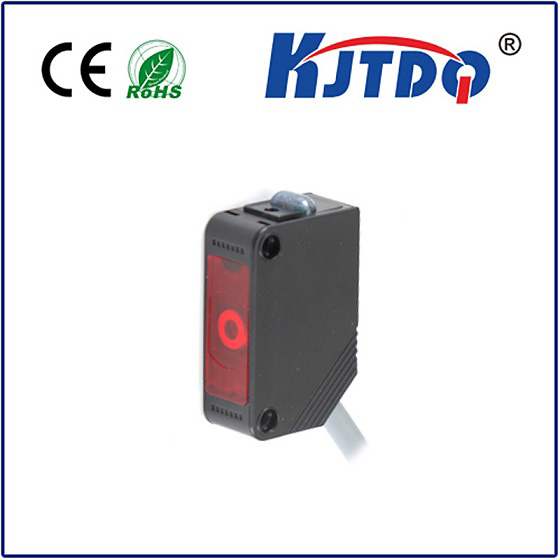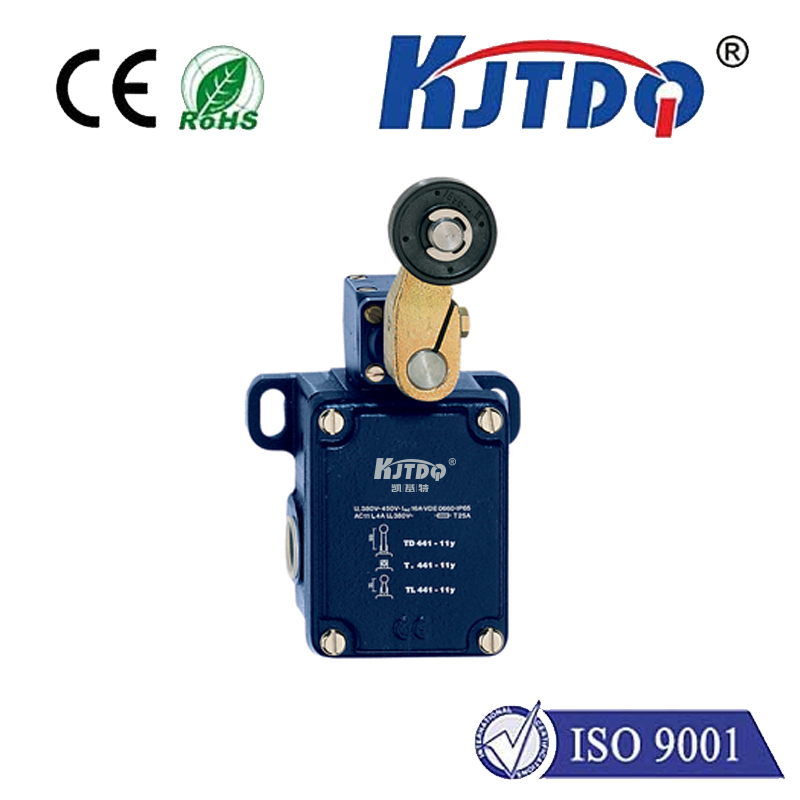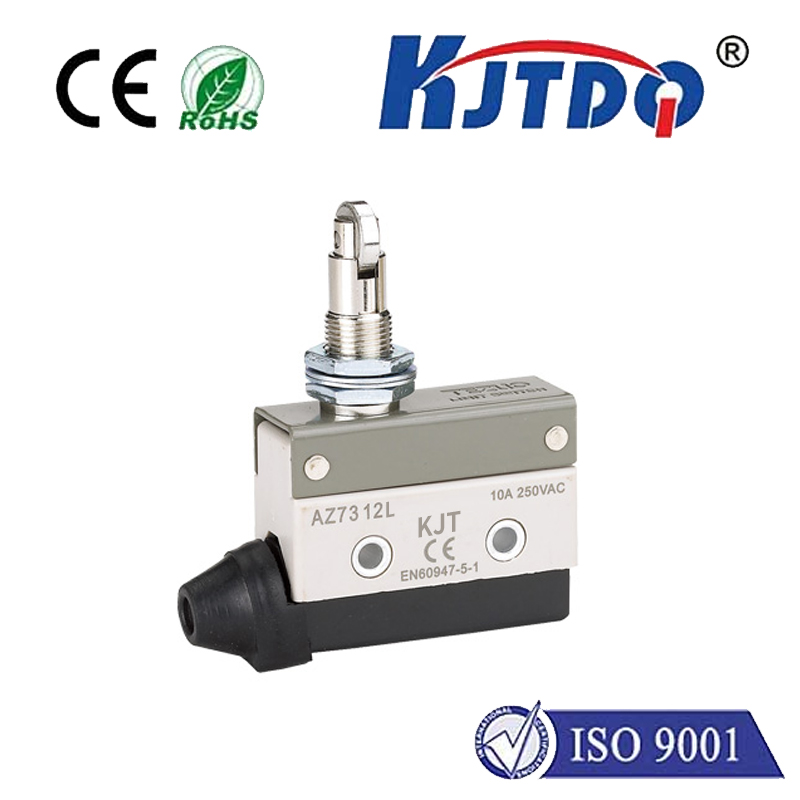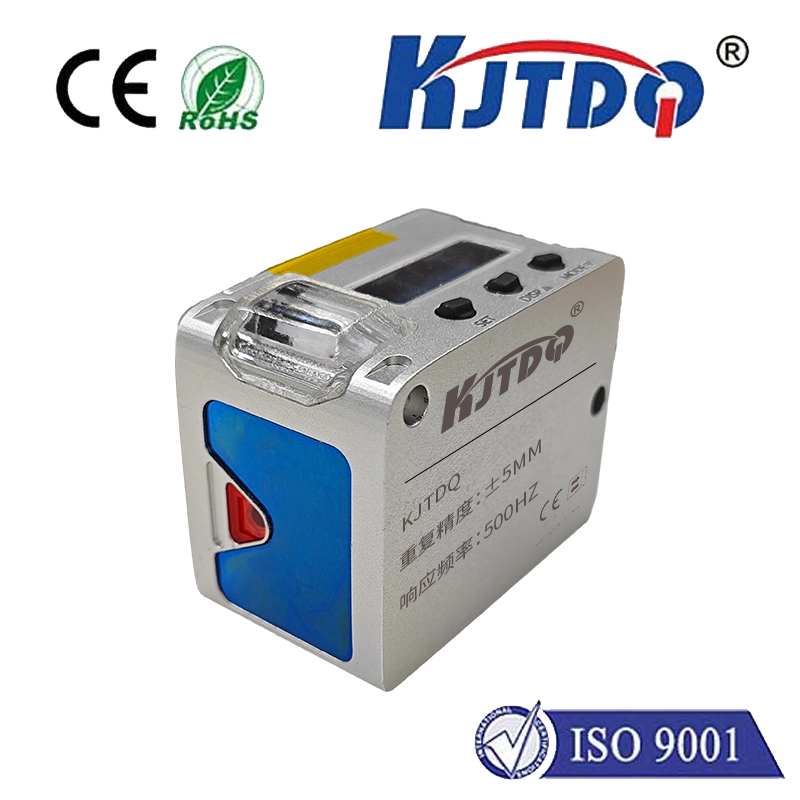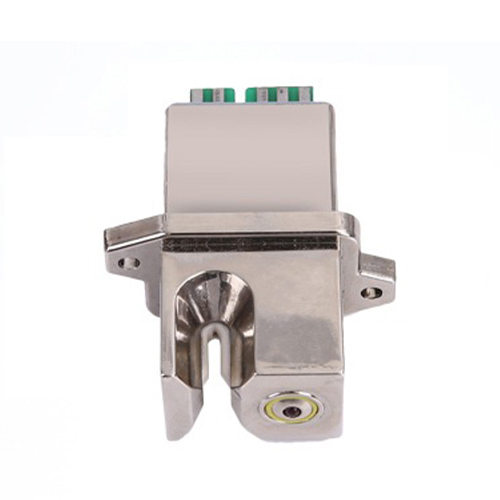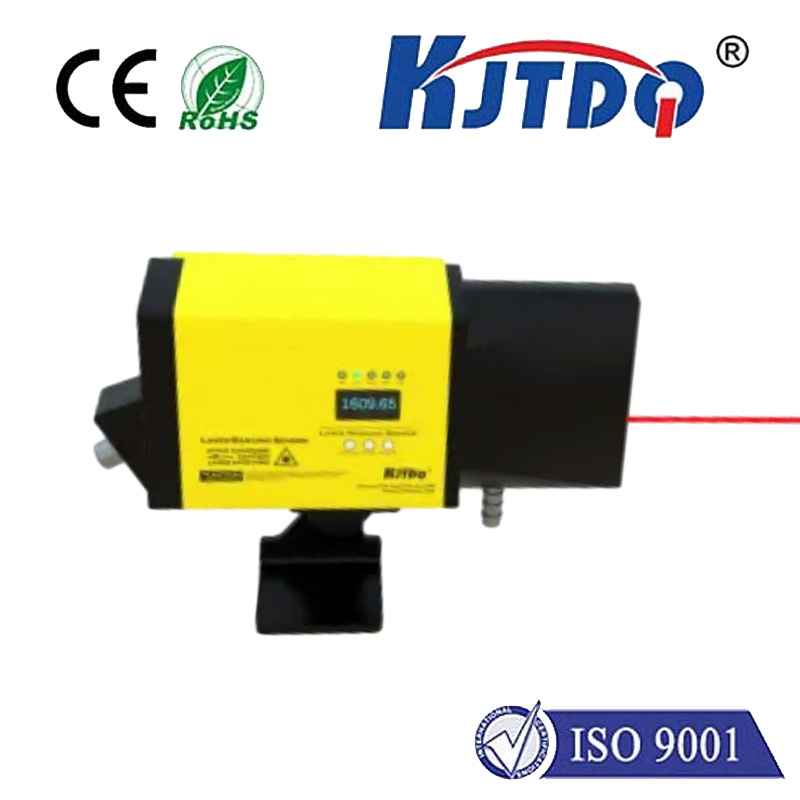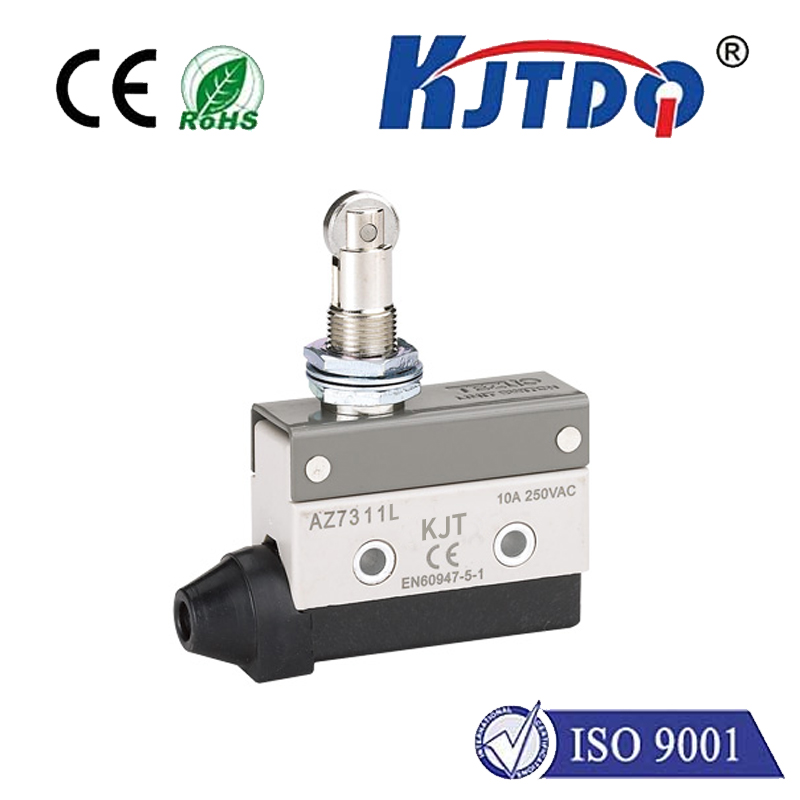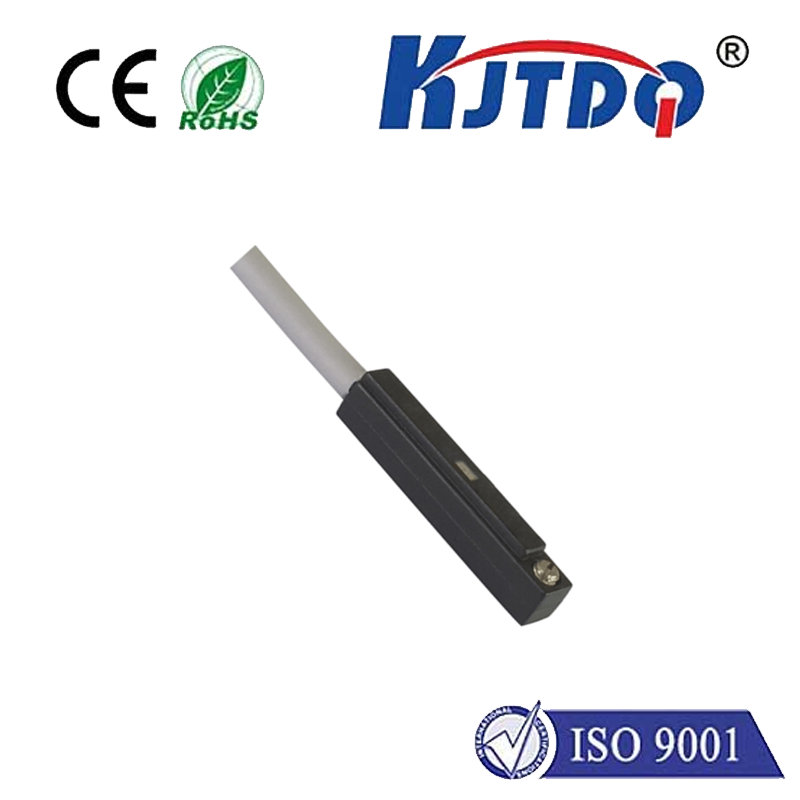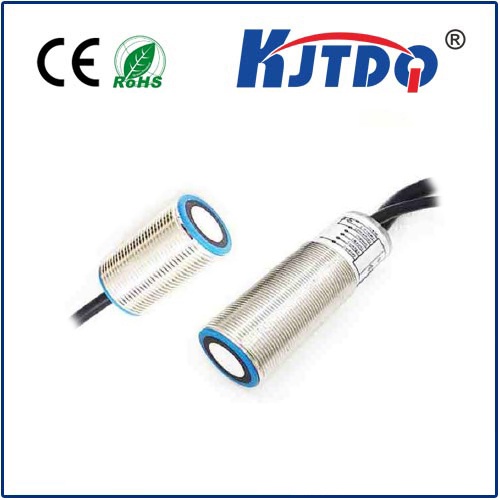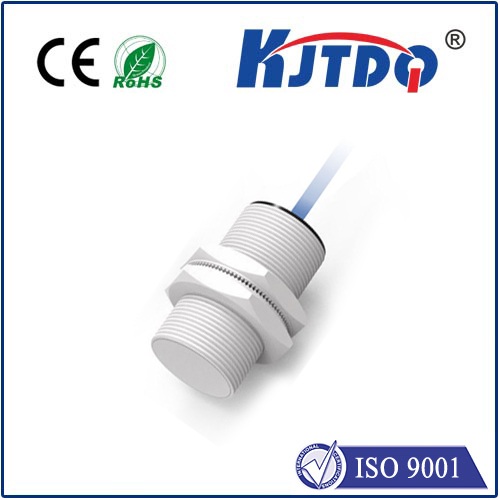

check

check

check

check
APDS-9900 Proximity Sensor: Revolutionizing Object Detection in Smart Devices
Imagine your smartphone screen instantly turning off when you raise it to your ear during a call. This seamless magic, preventing accidental taps and saving battery, often relies on a tiny powerhouse: the APDS-9900 proximity sensor. This integrated module merges infrared (IR) proximity sensing with ambient light detection, enabling intelligent responsiveness across consumer electronics, industrial systems, and IoT innovations.
The APDS-9900 isn’t just a sensor—it’s a system. It combines:
Unlike traditional sensors, its dual photodiodes cancel out ambient IR noise, boosting accuracy in sunlit environments. The sensor dynamically adapts IR emitter power, minimizing false triggers while optimizing battery life—a critical advantage for portable devices.

Industrial Automation: Monitors object presence on assembly lines, triggering actions like conveyor halts. Its interrupt-driven architecture reduces CPU load, freeing resources for critical tasks.
Wearables & IoT: Powers gesture recognition in fitness trackers (e.g., waving to dismiss alerts) and conserves energy by deactivating displays when not viewed.
Robotics: Provides collision avoidance in robotic arms or AGVs (Automated Guided Vehicles), leveraging zero-contact detection to ensure safe operation.
Developers appreciate its calibration flexibility. By tuning parameters like IR pulse frequency or detection thresholds, the APDS-9900 adapts to diverse materials—from human skin to opaque plastics.
While powerful, the APDS-9900 demands careful implementation:
In a market flooded with alternatives, this sensor stands out through integration. Marrying proximity and ambient light sensing slashes component counts and PCB complexity. Its digital output eliminates analog signal conditioning, accelerating prototyping.
Moreover, its eco-sustainability shines: extending battery life reduces e-waste. As IoT devices proliferate, such efficiency isn’t optional—it’s imperative.
Emerging trends like AR glasses and touchless interfaces amplify the APDS-9900’s relevance. Its ability to sense both presence and context (via ambient light) supports nuanced interactions—like pausing video when users look away. With driver support across RTOS and Linux ecosystems, scalability is guaranteed.
From smartphones to smart factories, the APDS-9900 transforms passive hardware into context-aware systems. Its blend of precision, frugal power use, and compact design cements it as the unsung enabler of intuitive technology.
